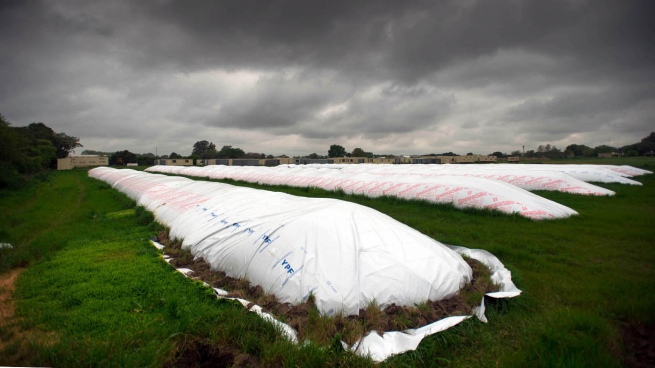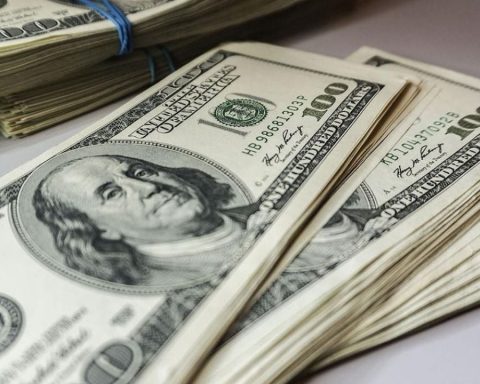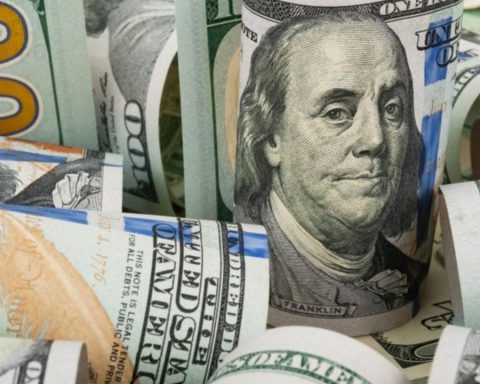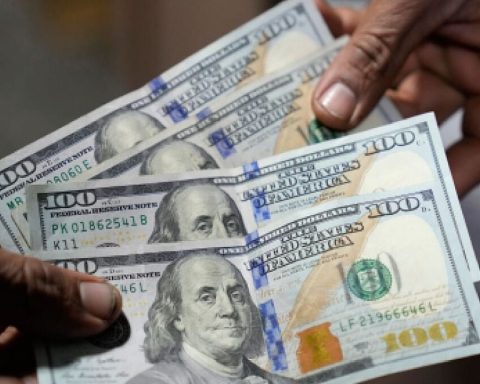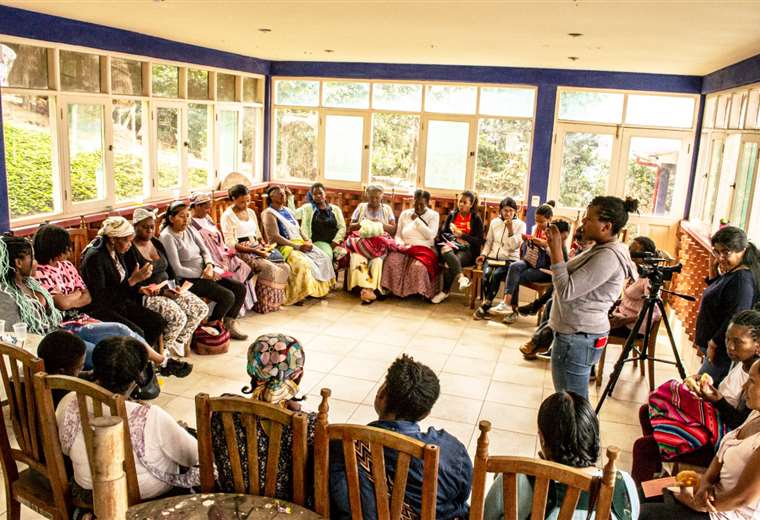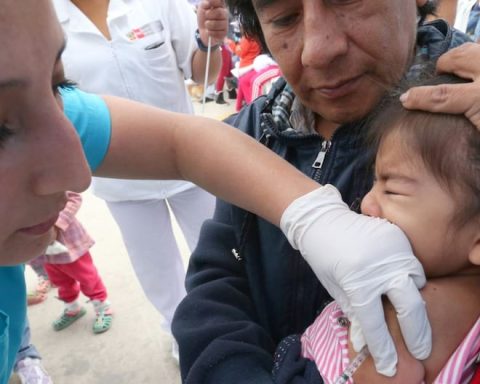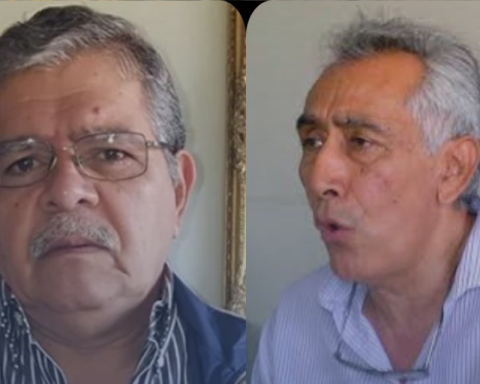The Board of Directors of the Central Bank (BCRA) approved a new instrument to encourage agricultural producers to sell their soybean harvest before next August 31.
In return, will receive exchange coverage for up to 70% of the sale of grains that they make and, for the remaining 30%, the possibility of buying dollars at the official exchange rate plus COUNTRY tax and withholdings on account received by the AFIP, at a rate exchange “dollar savings”which is at $226.05 pesos for each dollar unit.
Promptlyin the case of 70% of the income produced by the sale, the producers may make a demand deposit in financial entities with variable daily remuneration based on the evolution of the A3500 exchange rateknown as Dollar Link.
In addition, for the remaining 30%, the Formation of External Assets will be allowed, at the value of the official dollar plus the PAÍS tax and the withholdings on account received by the AFIP.
“This BCRA decision seeks to balance agricultural producers with the benefits available to the different productive sectors”said the monetary organization in a statement.
Among the benefits, he pointed out the free availability of foreign currency due to the increase in exports made with respect to the previous year, which applies to the manufacturing industry; the Regime for the Promotion of Investment for Exports or the regime for the Knowledge industry that allows part of the increase in exports to be applied to the payment of the wage bill.
This regime, detailed the monetary authority, “will be available until next August 31”.
“During this period, producers will be able to acquire freely available foreign currency for 30% of the funds obtained from the sale of grain destined for export and convert 70% into a freely available deposit with variable remuneration based on the evolution of the interest rate. official exchange rate,” said the BCRA.
As sources from the Central Bank explained to Télam, the grain settlement regime seeks to “recognize the foreign currency value of the asset (soy in this case) and clear up the uncertainty regarding a devaluation, which is installed in the different economic actors” .

“The objective is to unlock the threat of a sector that thought it was necessary to lower withholdings and make a farm dollar,” said the sources, who, they assured, the measure is “much talked about with the banks and the capital market” and that, if it works satisfactorily, “it could be extended to other exporting sectors”.
To give an example of how the measure works: in a sale of $1 million in soybeans, the producer will be able to make a deposit of $700,000 that will be remunerated by the daily evolution of the official dollar.
With the remaining $300,000, you will be able to purchase around $1,327 at the price of the so-called “savings dollar,” taking today’s price of $226.05 at Banco Nación as a reference.
The advantage for the producer is that these dollars are freely available: they can leave them in the bank, withdraw them or use them to buy inputs or carry out any authorized financial operation.
Currently, the producer has the alternative of making a deposit for the total of the sale in a fixed term for farmers (minimum 30 days), which is also updated by the A3500 dollar, although the availability of these funds is conditioned by the term in which it was made. .
Instead, with this new provision they can make the deposit and have the remuneration and availability immediately.
“It has the advantage of not assuming the risks of keeping the harvest in the fields and being able to take advantage of any business opportunity due to the immediate and automatic availability of funds. The structure of this regime considers traditional commercial and savings practices of the activity,” sources assured.
According to different estimates, the BCRA authorities put the soybean harvest that was sold at around US$ 10,000 million, but the price has not yet been set and, therefore, remains stockpiled while waiting for the operation to become effective.
“For the Central Bank, it means the possibility of anticipating the entry of foreign currency into the economy with a neutral economic balance, since it manages the value of the A3500 dollar in which deposits can be made, while the AFIP will be able to collect the country tax and withholding on account of Profits, in currency purchase operations”, they detailed from the entity chaired by Miguel Pesce.
